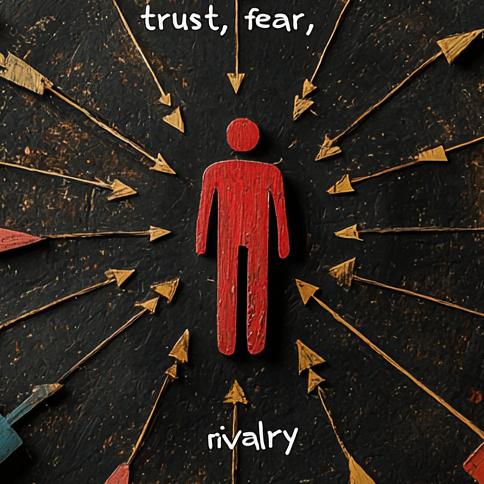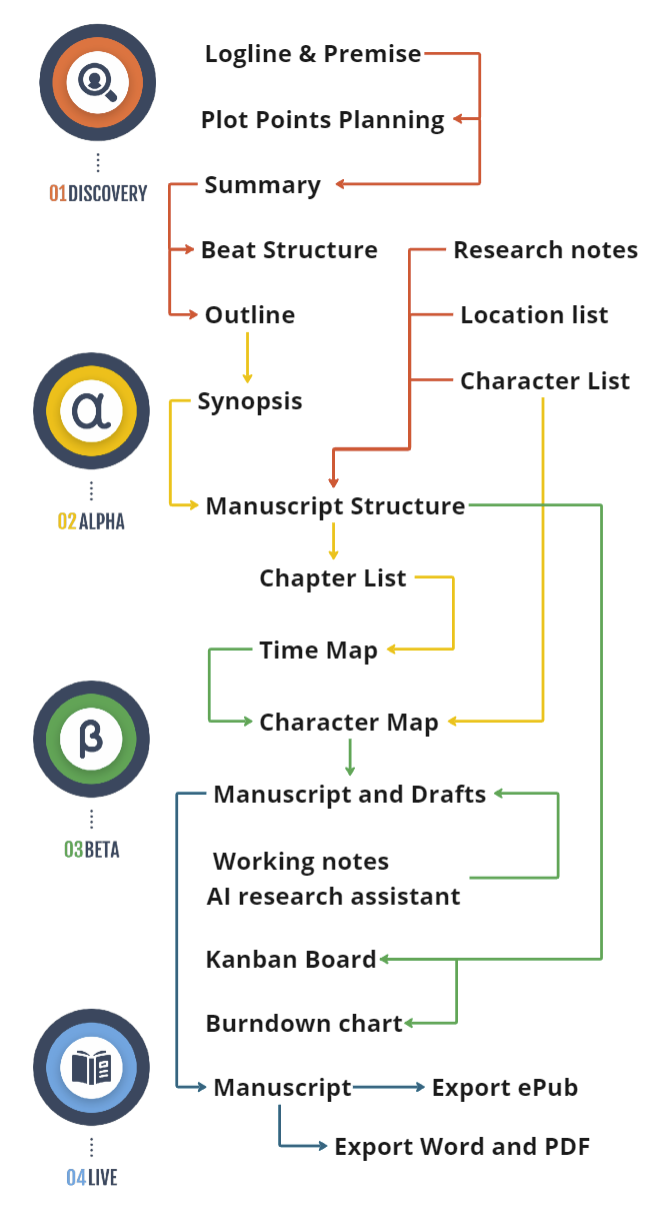Stories thrive when every character serves a tangible purpose, either propelling events or revealing the hero’s inner landscape. Merely listing character traits can help, but advanced authors use a character grid—a structured approach to track how each supporting role influences the protagonist’s journey. It’s not enough for side characters to exist or offer comedic relief; they should reflect or challenge your main character’s flaws and goals. This synergy heightens dramatic friction and forges memorable relationships that feel real. A character grid is a visual or written framework showing your protagonist in the center, surrounded by lines connecting them to key characters. Each line answers questions like: “How does this person test the hero’s beliefs?” “Which aspect of the hero’s flaw do they highlight?” “Do they reinforce or undermine the hero’s illusions?” This cross-relationship perspective replaces random cameo appearances with purposeful roles, guaranteeing a cohesive ensemble.Writers juggling ensemble casts, branching subplots, or multifaceted family sagas gain clarity from a structured relationship map. If you’ve ever reread your draft and thought, “Why is this minor character even here?” or “This friendship lacks genuine tension,” a character grid can fix underdeveloped bonds. Even solo adventures with few side characters benefit, ensuring that each encounter matters deeply.
- Position The Protagonist In The Center
Draw or list the main character at the core of your grid. Place every significant character around them. If needed, group secondary figures with shared roles or motivations. - Define Role Arcs
Along each connecting line, write how the person impacts the hero’s flaws, theme, or external goals. Maybe one character offers temptation, another reveals hidden strength, a third exposes guilt or shame. - Balance Allies And Adversaries
Don’t let your hero exist in an echo chamber. Allies might eventually clash, adversaries can bring unexpected support. Reflect real human complexity by ensuring there’s always tension in the dynamic. - Mark Shared Beats
Identify where each supporting player influences major plot turns—Catalyst, Midpoint, or All Is Lost. This reveals if someone is missing from key moments or if another hogs the spotlight. - Revise With Intention
Once the grid is built, prune redundant relationships and flesh out those that remain. Amplify or retool scenes so each connection resonates with the story’s overarching message and the protagonist’s growth.
Complex interplay among characters injects lifeblood into a narrative, transcending mere plot points. Readers relish the sparks between hero and side cast because it mirrors the friction we experience in real relationships. By systematically designing these interactions, you avoid shallow filler roles and deliver an ensemble that shapes, antagonizes, and ultimately transforms the main character. A well-curated cast fosters vivid conflict, comedic contrast, or heartwarming unity that lingers in reader memory.
Sketch a character grid for your current manuscript. Identify each supporting figure’s impact on the hero’s flaws, motivation, and theme. Spot any weak links or missing links. Strengthen those arcs, adding or removing characters as needed. Then watch as your story’s emotional tapestry becomes richer and more compelling, bound by purposeful relationships that keep readers hooked.




